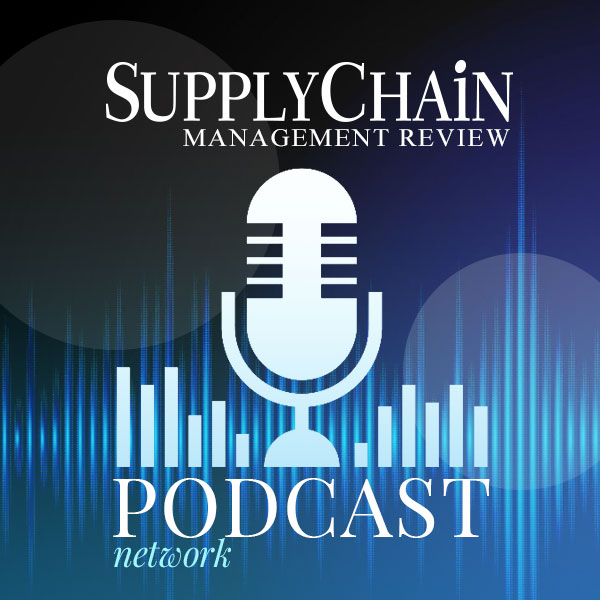Editor’s Note: Every year, 40 or so students in the MIT Center for Transportation & Logistics' (MIT CTL) Master of Supply Chain Management (SCM) program complete one-year thesis research projects. The students are early-career business professionals from multiple countries with 2 to 10 years of experience in the industry. Most of the research projects are chosen, sponsored by, and carried out in collaboration with multinational corporations. Joint teams that include MIT SCM students and MIT CTL faculty work on the real-world problems. In this series, they summarize a selection of the latest SCM research. The SCM research project Learning from Route Plan Delivery for Last-Mile Delivery was authored Yiyao Li and William Phillips and supervised by Dr. Matthias Winkenbach, Research Scientist, MIT CTL, and Director of the MIT Megacity Logistics Lab For more information on the research please contact Matthias Winkenbach at [email protected].
Urbanization and customer demands are making last-mile delivery optimization increasingly complex and important for retail companies. However, these companies often do not have the tools and/or capabilities to include customer-specific or environmental constrains such as time windows (implicit or explicit) and congestion patterns in their delivery plans.
Hence, there has been considerable capital investment in routing tools.
However, these investments are devalued if drivers do not follow the information provided by the routing tools. For instance, we reviewed data on deliveries over a one-year period for a large soft drinks company, and found that three out of four deliveries did not follow the planned sequence. Route plan deviations do matter.
Our research project studied the extent to which delivery crews deviate from the planned stop sequence of their routes. Additionally, we analyzed what drives these deviations and the economic implications. The study was carried out for the soft drinks company in Mexico and the U.S.
Ask the drivers through data
Most studies of why drivers might deviate from their routes have been based on stated preferences. By doing surveys, one can gather valuable insights into the logic of drivers who fail to follow specific routes. This research suggests that drivers tend to repeat routes that are familiar to them, and rely heavily on their past experience for taking decisions, using their knowledge on factors such as road conditions and tolls. The use of real-time information applications such as Google Maps or Waze is another factor that influences behavior.
Instead of asking the drivers directly, our approach is using the company's recorded data of the deliveries to understand driver behavior.
The data we used includes information of the planned route sequence and the actual sequence performed by the driver, such as total time and total distance. Also included is specific information on the customers visited, such as location, the drop size and the planned versus the actual sequence. This data provides valuable information that had not been used previously to find insights regarding drivers' behavior and the economic impact it can have.
This approach has several advantages. First, stated preferences do not always match revealed preferences. Also, by creating a methodology of analysis, we create a much more scalable solution. Through our methodology, we built models that can be replicated in any last-mile delivery operation that has the required data.
Models and insights
Our framework has two models. One predicts the binary variable Deviation and focuses on understanding what causes deviations. Deviation is 0 if a route is followed by the driver and is 1 if not. The second predicts Straight Line Distance Deviation and focuses on predicting the impact in distance of the deviated routes. Each model was studied using regression analysis and two classification methods, neural network and random forest.
We found that in Mexico there was deviation in nearly half of the routes studied and in the U.S. four out of five routes exhibited deviations. In this environment, following the planned sequence is unlikely to be enforced or regulated, and sequences are more likely to be based on driver decisions.
However, it is possible to anticipate such issues. Using environmental variables that describe the routes, drivers' decision to deviate from the plan can be predicted with an accuracy of 71% in Mexico and 84% in the US.
The research also provides some useful insights into driver behavior. For example, drivers are more likely to deviate and increase route distance when more customers are visited. This observation implies that efforts to improve delivery plans should be focused on these routes. Additionally, customers' geographical locations, reflected in the ZIP codes involved, are highly useful in predicting deviations.
SC
MR


Latest Supply Chain News
- How CPG brands can deliver on supplier diversity promises
- How S&OP provides the answer to in-demand products
- AI, virtual reality is bringing experiential learning into the modern age
- Humanoid robots’ place in an intralogistics smart robot strategy
- Tips for CIOs to overcome technology talent acquisition troubles
- More News
Latest Podcast

 Explore
Explore
The Academy News
- AI, virtual reality is bringing experiential learning into the modern age
- Predicting stockouts: Enhancing FMCG resilience through data-driven insights
- Finding the Right Approach for Supply Chain Education
- The Supply Chain Triad
- Innovating Supply Chain Higher Education with Generative AI
- How Smart Supply Chain Management Boosts Brand Identity
- More The Academy
Latest Academy Resources

Subscribe

Supply Chain Management Review delivers the best industry content.

Editors’ Picks





